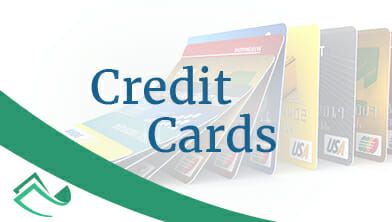It’s been many years since I’ve paid interest on a credit card balance. I don’t think I’ve missed a payment, either, thanks to automatically scheduled transfers from my checking accounts. I know that many regular Consumerism Commentary readers are like me, as well, and rarely pay a fee that’s unnecessary. (Keep in mind I recently paid a $10 fee to Wachovia for accidentally scheduling an investment twice.)
The good habit of paying your credit card balance in full — usually to reap the rewards at the lowest cost possible — can actually cost you tens of thousands of dollars in the long run. Certain credit cards, like Visa Signature, World MasterCard, and American Express charge cards, have no pre-set spending limit. Although they may have a credit limit shown on your statement, your card won’t be declined if you go above that limit — at least, not until another unadvertised limit, much higher than the reported limit.
But these cards with no pre-set spending limit also do something somewhat sneaky behind the scenes. Normally, credit cards report your balance and your limit to the credit card reporting bureaus. Equifax, Experian, and Transunion use these numbers to determine your credit utilization ratio, one of the most important factors of your credit score. Rather than reporting the real, hard spending limit, the point at which the card will be declined, the card issuers substitute another number, usually your highest balance across the past few months.
When FICO or the reporting bureaus calculate your credit score with this number rather than your true, higher credit limit, the results are drastically skewed. If your highest balance on a card with a hard limit of $30,000 is $400, and today’s balance is also $400, the issuer reports $400/$400 to the bureaus rather than $400/$30,000. As a result, if this were your only card, your credit utilization ratio is 100% rather than 1.3%. A higher credit utilization ratio results in a lower credit score. A ratio of 100% should mean that you are a risky consumer, but here it just means you don’t spend much and you pay your balance in full.
In the past, credit card issuers could see this lower credit score and decide to raise your interest rates, but some of that type of activity has been curbed through the Credit CARD Act of 2009. More importantly now is the idea that your lower credit score, as a result of your responsibility with credit cards while using a type of card that does not report your hard limit, you could possibly qualify for worse interest rates for loans such as mortgages.
This is a slippery slope, where doing the right thing hurts your finances in a way that’s not entirely obvious on the surface. Here are my suggestions if you are concerned about the effect of Visa Signature, World MasterCard, or American Express on your credit score.
- Get your three free annual credit report from annualcreditreport.com (one from each bureau).
- Review your credit report to make sure all the information is correct.
- Get your free credit score from credit.com or CreditKarma.
- Compare your credit account information on the reports with your latest statements to determine which cards don’t report credit limits.
- Consider moving those balances and using only cards that report a legitimate credit utilization ratio and retiring your offending cards to a safe place, never to be used.
Looking through my wallet, I see my main cards are Visa Signature and World MasterCard. Maybe it’s time for a change. I checked my credit score recently, and although it dipped a few months ago and returned recently, it is still high.
,















